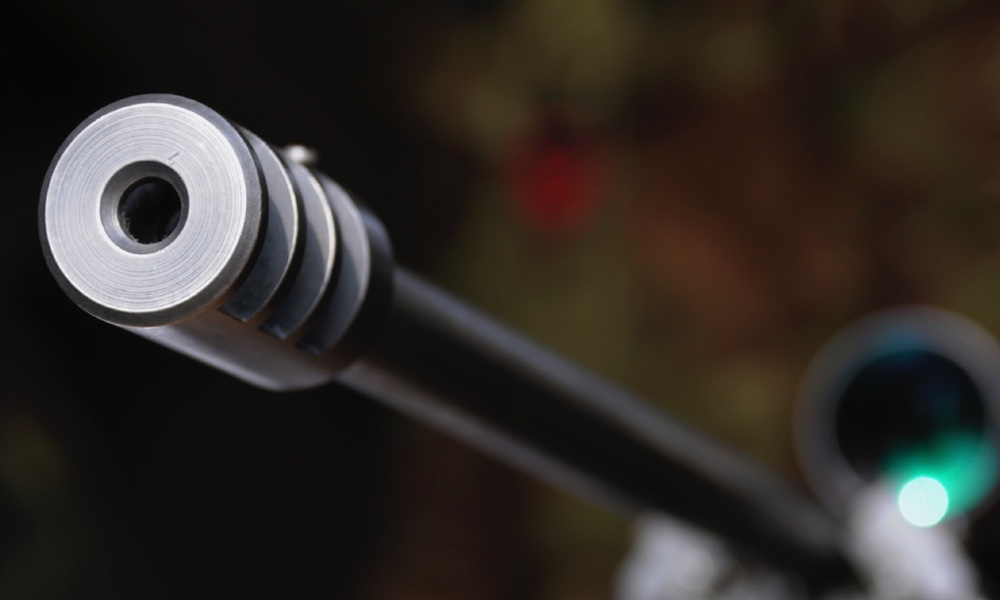The massacre in Newtown last month has reinvigorated the national debate about the right to bear arms — or at least assault weapons with magazines holding 30 rounds or more. While Washington debates gun laws and policy, proven solutions are staring us in the face according to a group of researchers at Harvard University.
The issue is not so much gun control, as ways to curb gun violence. In an opinion piece published in the Journal of the American Medical Association, the group says the gun violence behind the killings in Newtown, Connecticut or Aurora, Colorado is a public health threat in much the same way that automobile safety, tobacco use, and accidental poisoning are threats.
The first step is to shift the focus from guns and gun ownership to gun violence.
No one is saying that gunning down children and adults is the same as the risks of secondhand smoke, but the authors believe that the lessons learned from successful public health programs — such as those for drunk driving, quitting smoking and preventing poisoning — can serve as models for curbing unwanted behaviors associated with gun violence.
The first step is to shift the focus from guns and gun ownership to gun violence, says Mozaffarian. Many people own cars and keep items such as household cleaners and prescription drugs in their homes, but though these can kill people, we have found ways to own them safely. Similarly, many people own guns, but if stored and used safely, guns are not dangerous to the general public. Here are a few more ideas for reducing gun violence based on proven public health campaigns.
Imagine if every time there was a car accident 50 or 60 years ago, people said, 'Well the car did not do it. We do not need to make the car safer with seat belts, air bags, and child car seats.'
Impose serious taxes to offset some of the health costs of gun violence. Just as cigarette sales are now heavily taxed to reflect the health costs of smoking, policy makers need to impose a tax on those who chose to own guns. Mozaffarian says the cost of guns and ammunition must realistically reflect their cost to society. "I think that the key to making this acceptable is that the funds raised through a firearms tax should not be used to try and reduce gun ownership, but should be used to reduce gun violence and help victims of gun violence."
Develop national campaigns to make gun violence culturally unacceptable. Drunk driving awareness campaigns, police checkpoints and stricter laws, as well as indoor smoking bans and antismoking campaigns have made it less culturally acceptable over the past several decades to drive drunk or smoke. Smoking used to be depicted as glamorous, sophisticated, and fun, but today no one views it that way, except perhaps when watching Mad Men. Perhaps someday Die Hard and Call of Duty will look as out-of-date as smoking in the films of the 60s does today.
Gun violence and careless gun ownership could be made similarly culturally unacceptable. At the moment, gun violence is also promoted as cool, says Mozaffarian. "You cannot watch TV without seeing an ad for a show about people who are being shot, or shooting at others, or where dead bodies are being examined." As a nation, we need to reduce depictions of gun violence on television so it no longer permeates popular culture the way it does right now.
Many people own cars and keep items such as household cleaners and prescription drugs in their homes, but though these can kill people, we have found ways to own them safely.
Make guns safer. Just as cars have been made safer, guns can also be made safer. Medicines have tamper-proof and child-proof caps; guns should have tamper-proof safety locks. They can also be fitted with passive protection, such as an automatic security locking device, so that only the owner can use it; or with active protection, such as laws about where and how guns are stored. The discussion doesn't have to be solely about taking people’s guns away or saying that they cannot use them, says Mozaffarian. "It just means making the product itself safer."
Use doctors to get the public health and safety message out. During routine visits, physicians could ask patients or a child’s parents if they have guns in the house and if the guns are locked and stored safely.
- Apply the lessons of motor safety laws to guns. Motor vehicle deaths have been greatly reduced in the U.S. by establishing speed limits, drunk driving legislation, seat belt laws, driver education, and adding safety features like seat belts and airbags that are standard on new vehicles. Says Mozaffarian, "Every time there is gun violence, the NRA says guns don’t kill people, it was the shooter. But imagine if every time there was a car accident 50 or 60 years ago, people said, ‘Well the car did not do it. We do not need to make the car safer with seat belts, air bags, and child car seats.’"
The commentary was published online in JAMA, the Journal of the American Medical Association. A Table summarizing the team's suggestions and recommendations can be viewed here.





